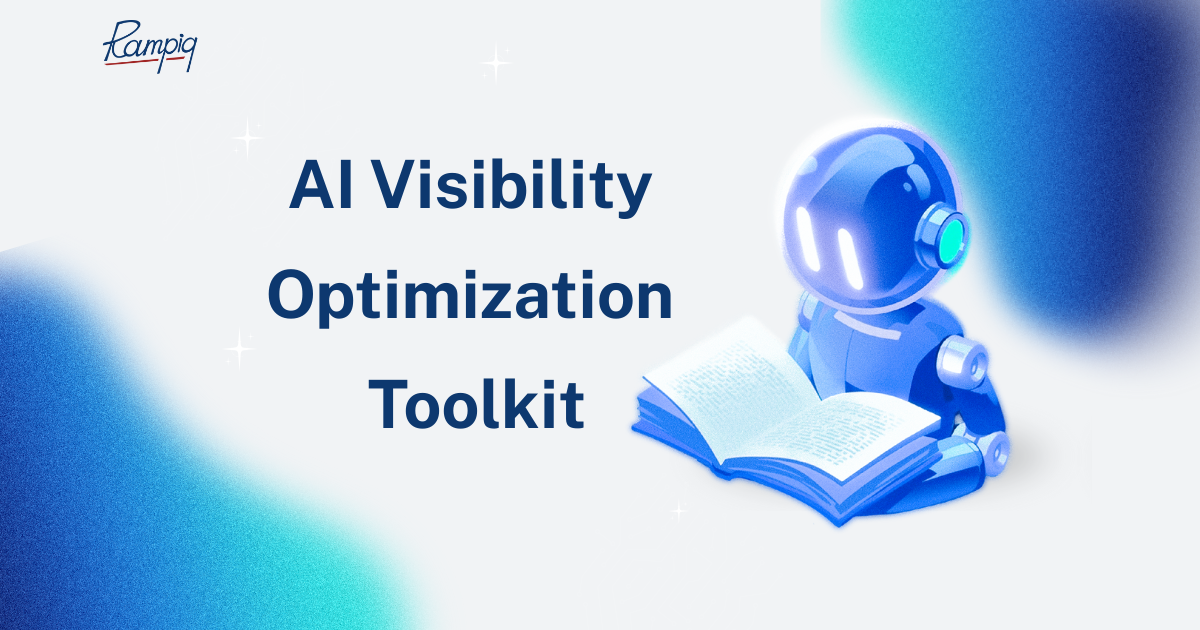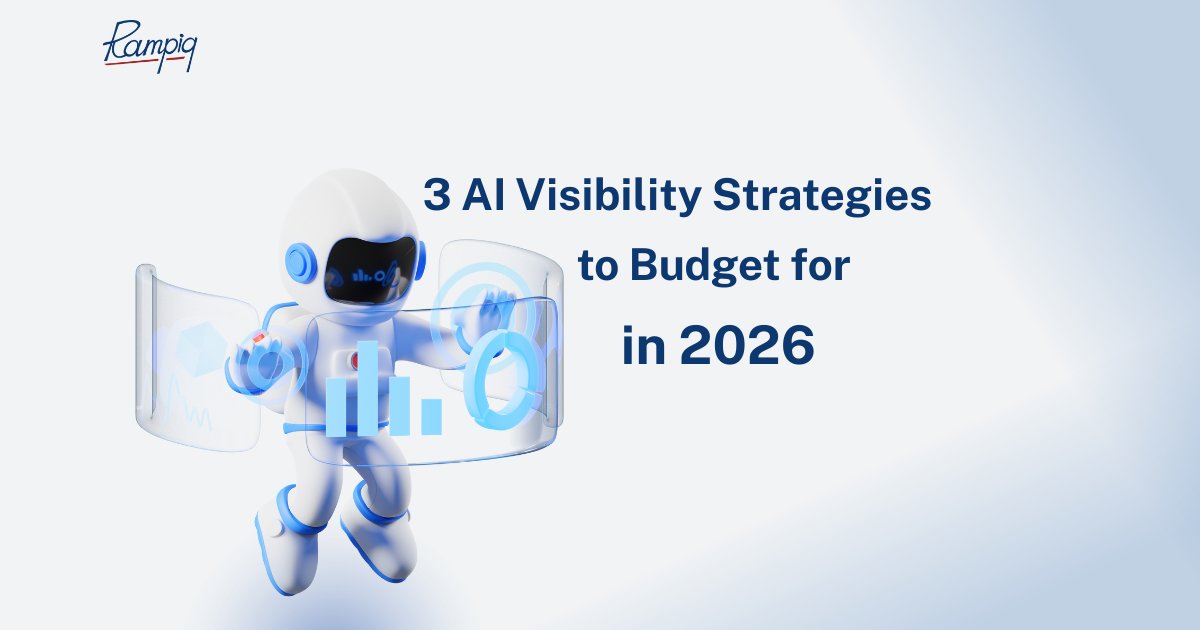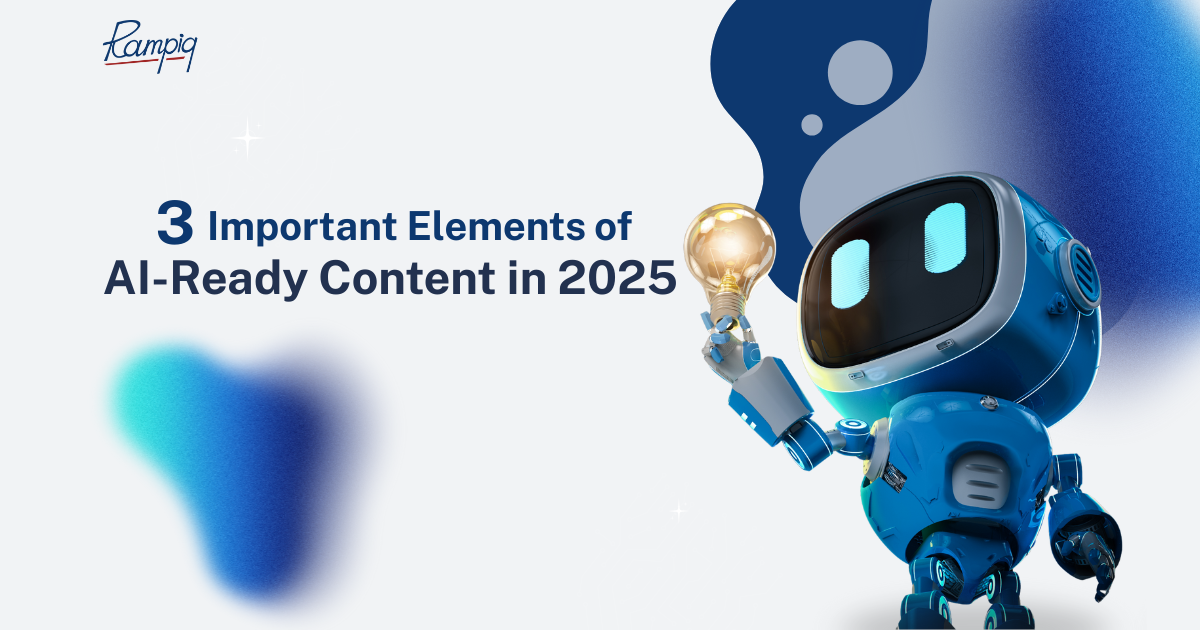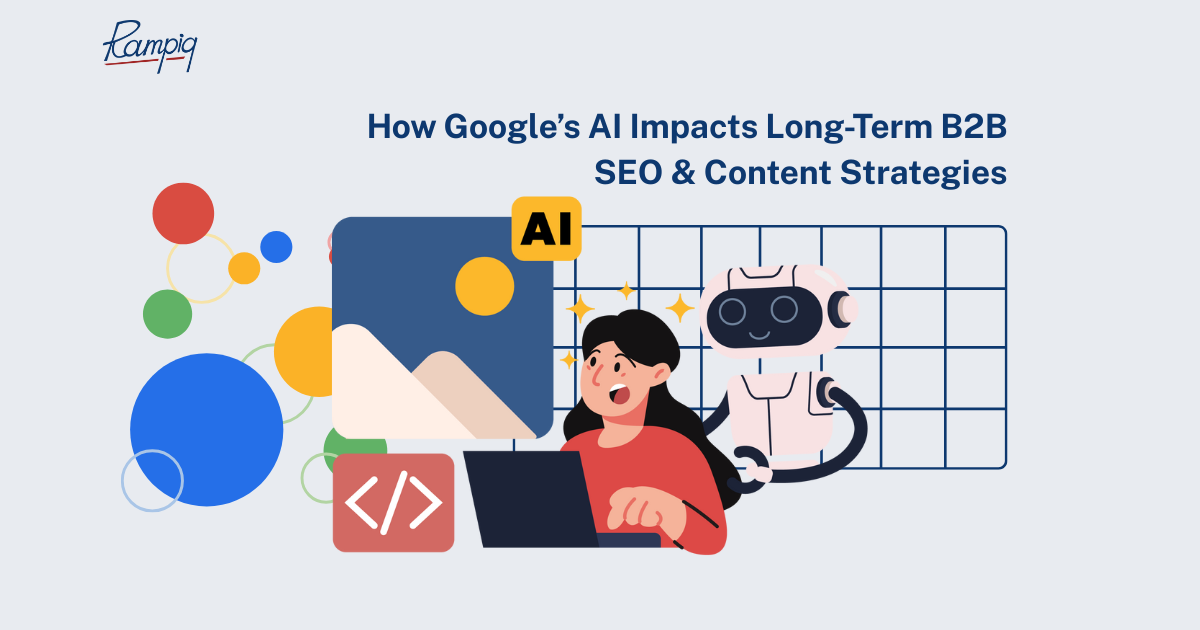What is Conversion Rate Optimization (CRO)?
Conversion rate optimization is the process of improving the percentage of website visitors who take your desired action. This could be signing up for a demo, starting a free trial, contacting sales, making a purchase, or any other goal you define.
In an industry where complex buying cycles and high-value relationships are the norm, CRO is critical. By analyzing and optimizing each step of the customer journey thoroughly, SaaS companies can systematically increase conversion rates and get more value from website traffic.
B2B SaaS Conversion Rate Optimization Benchmarks
B2B SaaS CRO benchmarks are key to measuring and improving business performance. They provide a standard for assessing conversion rates, identifying areas for enhancement, and setting realistic goals. By comparing against industry averages, you can allocate resources effectively, stay competitive, and make data-driven decisions.
Benchmarks also demonstrate ROI to stakeholders, encourage continuous improvement, and keep companies informed about industry trends.
SaaS Conversion Funnel: Conversion Stages Types
To know how your SaaS conversion rates stack up, we must examine industry benchmarks for each conversion stage.
Free Trial Conversion Rate
This metric looks at the percentage of visitors who sign up for a free trial or demo after landing on your site. Given the considered nature of B2B purchases, expect this rate to be low compared to business-to-consumer sites.
Top-performing SaaS companies optimize trial friction points and evaluate their product to lift this rate higher. A great example of this comes from Groove HQ. The helpdesk software company used a clever email onboarding strategy to funnel customers from their newsletter to free trials. Instead of making the ask immediately, they provided customers with relevant, valuable content for the first two weeks. After building credibility, customers were more likely to opt in for their trial.
There is also a difference between the rates for opt-in and opt-out trials. Opt-out trials require users to proactively give their payment information and, therefore, have lower rates of conversion.
Free Trial to PQL Conversion Rate
This vital rate shows the percentage of free trial users who demonstrate engagement and become product-qualified leads (PQLs). These are leads who have not only signed up for a trial but also engaged with your product during the trial and experienced its value.
Companies need to onboard trials properly and nurture them until they showcase buying intent signals. A good example of nurturing your free trial users is by providing in-app guidance and education. Don’t just leave them alone with the product! Have it highlighted and teach them how to use it and why it’s valuable.
This rate will also be affected by the value users find in your product from the get-go, so consider assessing its capabilities against user needs.
PQL to Paying Customer Conversion Rate
This benchmark displays the percentage of PQLs your sales team converts into paying customers. You have to begin by smartly identifying your PQLs. Each product will have its own criteria. After all, every free trial promises benefits unique to your product. However, by studying companies with a successful track record of converting PQLs, you can start to build your strategy.
For example, Slack identifies a user as a PQL once they create 2+ channels, invite at least one teammate, complete their first conversation, and send 2,000+ messages. Userflow, among other metrics, looks at users who fit their ICP and have spent more than 30 minutes building a flow.
Marketing generates and nurtures leads, but after identifying PQLs sales need to demonstrate your product’s ROI, negotiate contracts, and close the deal. Personalized outreach can go a long way! Extra tip: Keep in mind that lengthy B2B sales cycles can hamper this conversion step.
SaaS Conversion Rates Benchmarks
Here are some guidelines for your conversion rates:
- Free Trial Conversion Rate Benchmarks: 2-5%.
- Free Trial to PQL Conversion Rate Benchmarks: 10-30%.
- PQL to Paying Customer Conversion Rate Benchmarks: 20-40%.
With these benchmarks, you can calculate your overall visitor-to-customer conversion rate. For example, if you convert 3% of visitors to free trials, and 20% of trials to customers, your visitor-to-customer rate is 0.6%.
Let’s now examine how to optimize each stage.
Website Sections to Optimize for Conversions
Not all website pages influence the buyer journey equally. Here are the critical pages SaaS companies should focus CRO efforts on first.
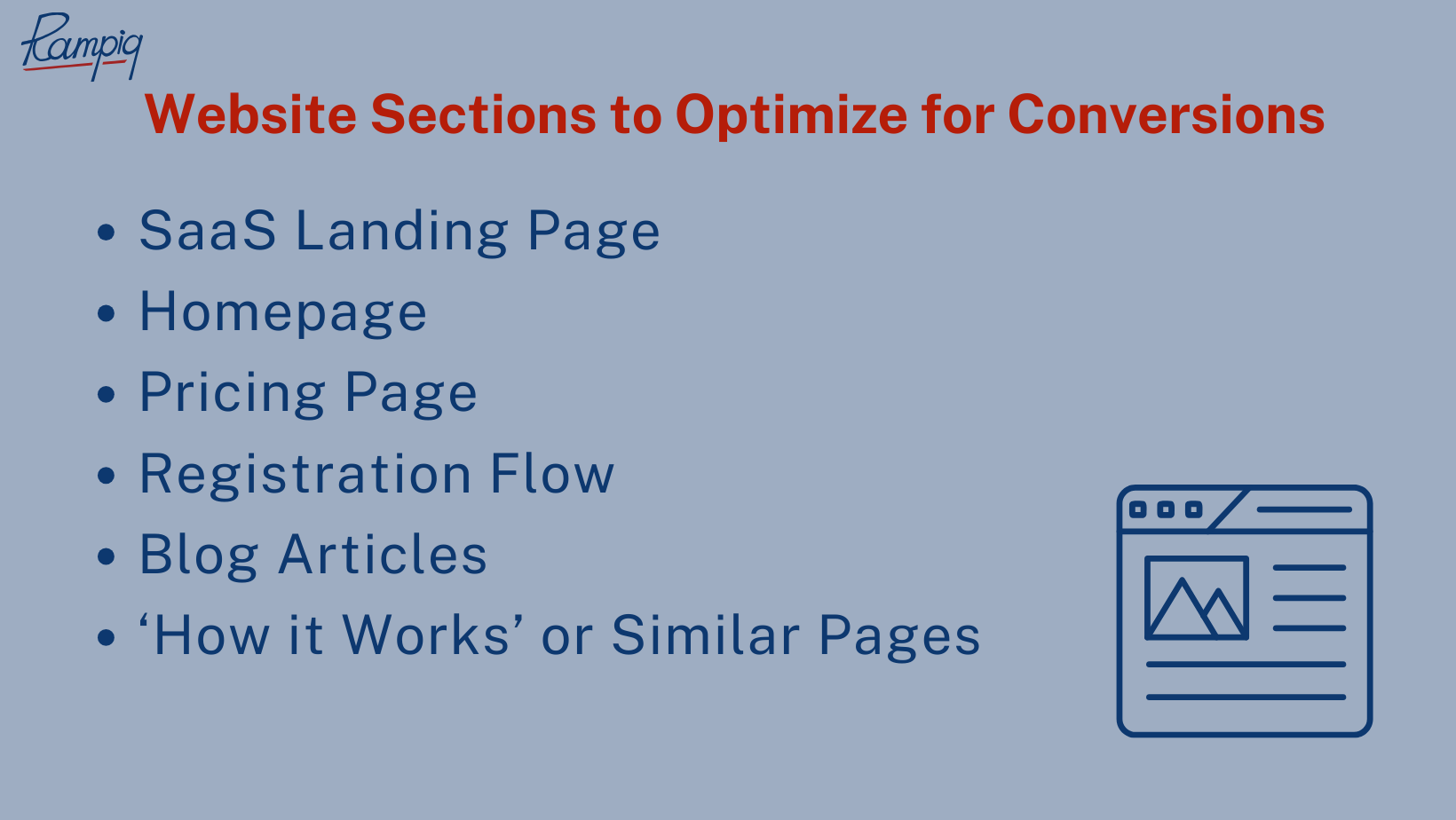
1. SaaS Landing Page
Landing pages like product, solution, and pricing pages that align with your customer’s journey are crucial conversion stages. Tactics to optimize SaaS landing pages include:
- Highlighting key differentiators, benefits, and cost savings.
- Using social proof elements like customer logos, testimonials, and case studies.
- Removing distractions and tightening copy to focus on conversion.
- Adding clear calls-to-action for the next step, like signing up for a free trial.
2. Homepage
While not directly part of the conversion flow, your homepage plays an influential branding role. Ensure your homepage quickly communicates:
- Your product value proposition or key benefits.
- Easy paths for visitors to take key actions like clicking on a trial sign-up page.
- A professional, credible design aesthetic that builds trust.
3. Pricing Page
Your pricing page often represents the final consideration before conversion to trial, so optimize it to nurture evaluation with:
- Clear pricing tiers with an appropriate range of features.
- Messaging focused on the value received versus just costs.
- Comparison tables to help prospects analyze needs.
- Frictionless quoting or trial signup process.
4. Registration Flow
Minimize registration friction by only collecting essential user information upfront. Other optimization tips include:
- Offer easy signup with single sign-on (SSO) or a short form.
- Provide clear next steps post-registration to activate accounts.
- Send automated onboarding/welcome emails to engage new users.
5. Blog Articles
Well-designed blog articles nurture prospects indirectly and lead to conversions by:
- Offering educational, informative topics relevant to your audience.
- Including natural calls-to-action to related products or offerings.
- Integrating a lead generation offer like an ebook, checklist, or webinar.
6. ‘How it Works’ or Similar Pages
These pages build trust and understanding by showcasing your product user experience. Optimize them to highlight:
- Ease of use, simplicity, and potential time or cost savings.
- Demo videos, screenshots, and gifs showing the product in action.
- Customer testimonials validating benefits.
- Links or forms to drive trials or sales conversations.
Factors to Focus on When Optimizing SaaS Conversion Rate
Beyond page-specific optimizations, here are some overarching factors that influence conversion rates.
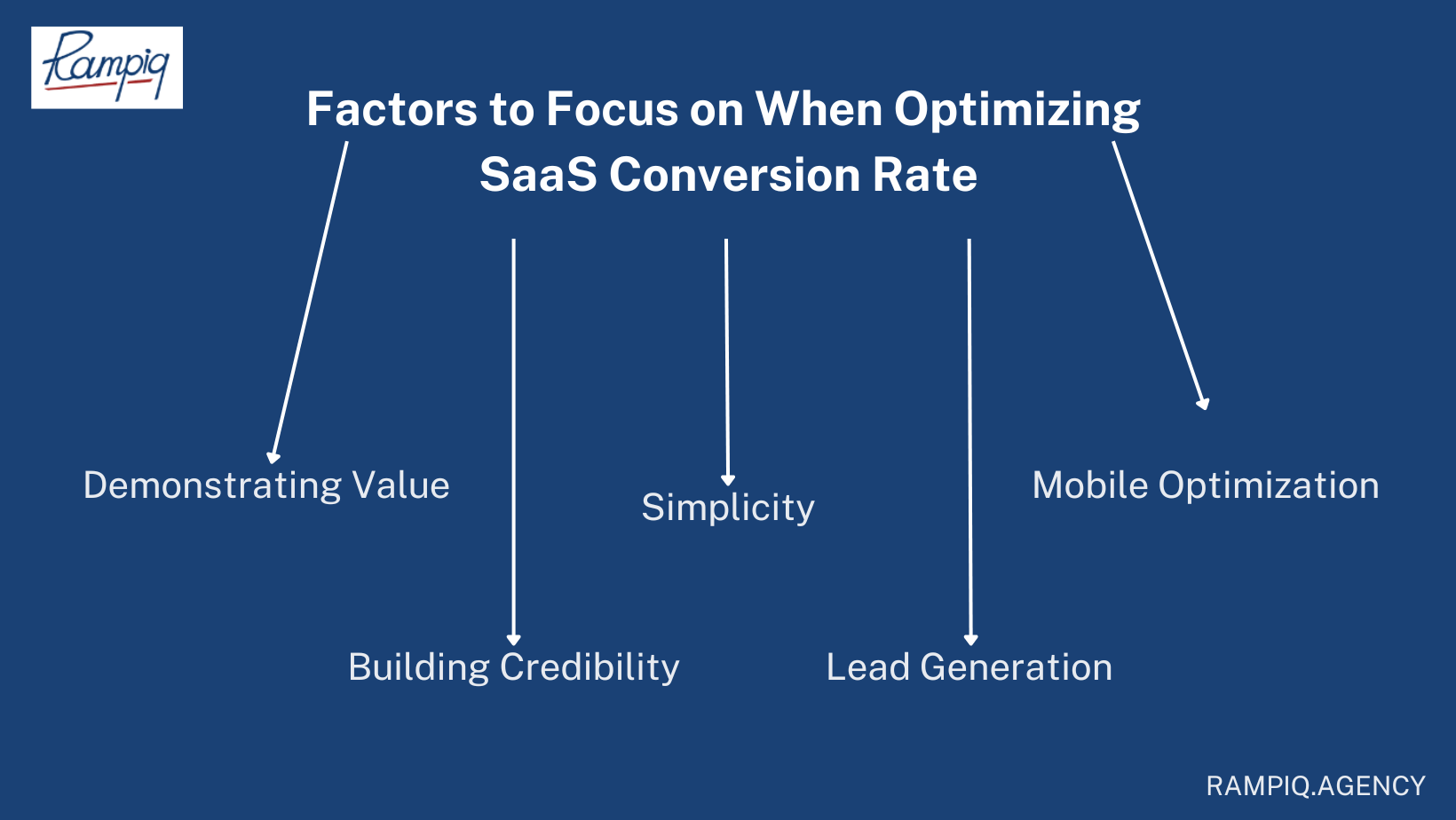
- Demonstrating Value: Use messaging highlighting ROI, cost and time savings, and productivity gains. When you adequately demonstrate value during the free trial stage, you will bump up the number of users that convert to PQLs.
- Building Credibility: Implement trust signals like security badges, customer logos, testimonials, satisfying designs, and company pedigree. This can have a direct impact on your free trial start rate. Potential users are more likely to try out a product they trust.
- Simplicity: Streamline navigation, trim unnecessary copy, and use clear CTAs. Remove friction or distractions. This can help reduce bounce rates on key pages.
- Lead Generation: Create gated content offers like ebooks, templates, or webinars that convert visitors to leads for sales. Track form-fill-out rates to identify obstacles potential leads might face while signing up for these.
- Mobile Optimization: Ensure fast page loading and fully responsive design across devices. Mobile is increasingly important for SaaS. A good mobile page can reduce your bounce rate and increase time spent on page––that’s time spent getting to know your product!
Continuously test and refine these elements using real visitor data and behavior insights. These are all proven methods to influence conversion rates, so don’t miss out on them!
Measuring SaaS Conversions
You can use a marketing analytics platform to closely monitor and analyze conversion rates across the entire funnel. Here are some of the metrics you should track.
- Bounce rates on key pages.
- Time on page and scroll depth.
- Form fill-out and submission rates.
- Free trial start rate.
- SQL conversion rate from trials.
- Sales velocity through SQL stages.
- Win/loss analysis for proposals.
5 B2B SaaS Conversion Rate Optimization Tactics
Here are 5 proven conversion optimization tactics for SaaS:
- Free trial friction analysis: Analyze each step of the trial signup process to find and fix leaks. Look at form fields, page copy, navigation, email confirmation, and payment friction. The previously mentioned Groove HQ reduced free trial friction by just simplifying their pricing! After testing various pricing models and adding a pricing comparison page, their final pricing model converted 358% more free trials than the original. This was also aided by more effective design when presenting the prices.
- Lead generation offer creation: Develop gated content offers like ebooks, templates, or kits to convert more cold visitors to leads via educational nurturing.
- Behavioral segmentation: Track and segment visitors by behavior to deliver targeted messaging for each stage they are in the buyer’s journey.
- Landing page A/B testing: Continuously test landing page elements like copy, designs, visuals, offers, and layouts to optimize conversion rates. A wonderful example of this comes from The Weather Channel. All the way back in 2008, it faced a challenge in effectively communicating the features of their severe weather warning system, “Notify!”. They conducted customer interviews and discovered that many users signed up primarily for tornado warnings. Aligning with this customer insight, they incorporated tornado imagery and crafted messaging specifically for tornado scenarios. Through systematic testing of headings, images, supporting copy, other severe weather types, CTAs, button colors, and font sizes, they achieved outstanding results: a remarkable 225% surge in trial sign-ups.
- Email segmentation: Send tailored nurture email sequences based on each subscriber’s conversion stage to guide them to the next step. SaaS company Vero got a 450% increase in conversions by segmenting their customer list. They analyzed the data, identified different streams, and sent more relevant messages for each smaller segment. By carefully using targeting, tone, style, and the right message for the right leads, they avoided recipient fatigue and skyrocketed their conversions.



